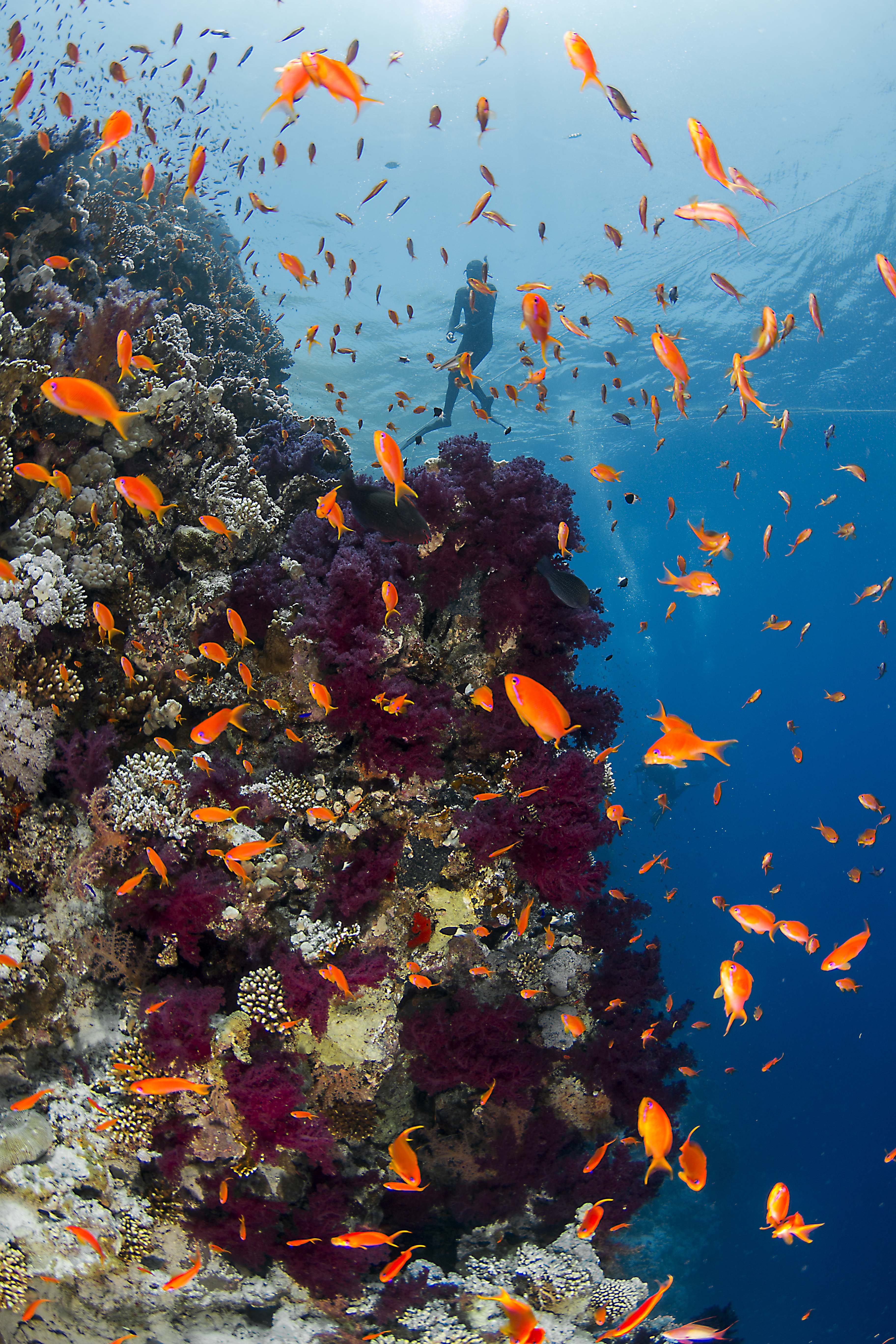Is The Marine Aquarium Hobby Right For You?
Keeping a saltwater tank can be fun but it isn’t easy! About half of those who try it leave the hobby within six months. There are alternatives that can better prepare and/or help you determine if the hobby is right for you. These alternatives are easier, less time consuming and typically less expensive, yet still fun and enriching.
Top Marine Aquarium Challenges for Beginners
-
Tank Startup. Setting up your tank can take anywhere from a week to a month before fish can be slowly added.
-
Learning Necessary Skills. Before buying an aquarium, a hobbyist should invest a significant amount of time into learning the best practices (water chemistry, filtration, husbandry) of aquarium keeping.
-
Continual Maintenance. Maintenance requires daily attention, weekly water testing, weekly or monthly cleaning and maintenance that will vary based on tank size and complexity.
-
Long Term Commitment. Most healthy fish live for around 10 years and some much longer -- the aquarium clownfish can live up to 28 years!
-
Cost. Setting up a basic marine aquarium can cost from $300 for a 10 gallon tank to $1,600 for a 90 gallon tank and up! (USD, 2018) Additional costs include routine maintenance and a quarantine tank system.
Determine the best option using our Aquarium Enthusiast Decision Tree
Starting with a freshwater tank can be a great way to learn some aquarium basics. This option provides an opportunity to see if the hobby is right for you before making the larger investment required for a saltwater tank.
Less equipment and lower maintenance
Saltwater tanks require more equipment and generally tend to be larger, while freshwater tanks can be as simple and small as a container for one betta fish. The additional equipment needed for marine aquariums increases maintenance, including the need to make or obtain seawater. Freshwater aquariums require less maintenance overall and allow a more relaxed approach to tank keeping.
Easier to feed
Nearly 90% of freshwater fish are bred in captivity, spending their entire life in a tank. This means they are accustomed to pet food and relatively easy to feed. Marine fish can be more of a challenge to feed as they are used to eating live food and may be more picky eaters.
Less expensive
Costs can vary dramatically between freshwater and saltwater tanks. Generally, the additional equipment and maintenance, along with the specialized foods, required for saltwater tanks makes them more expensive than freshwater tanks. Also, freshwater plants and animals usually are less costly. Many popular freshwater aquarium fishes cost less than $10, whereas popular marine aquarium fishes are well over $20 per animal.
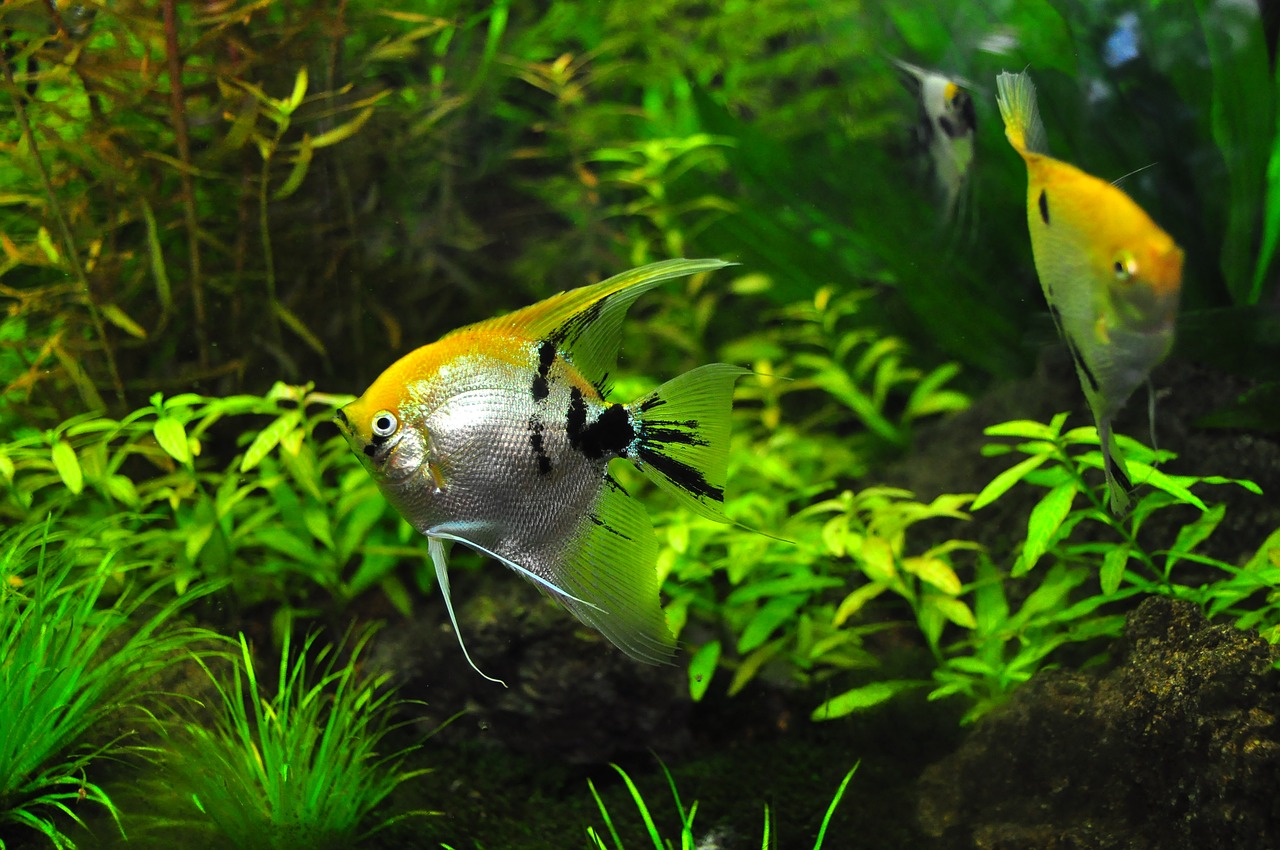

Depending on where you live, leasing an aquarium may be an option. It allows for the experience of having an aquarium without the considerable investment in equipment and animals. Some leasing companies also offer maintenance services, saving the renter from the considerable work required to maintain a tank. This can be a great option for owners/managers of retail shops, restaurants or medical offices or for individuals who move frequently, as there is no long term commitment or the hassle of having to disassemble and sell everything when it is no longer wanted.
Inquire at your local pet store or search online for rental options near you.
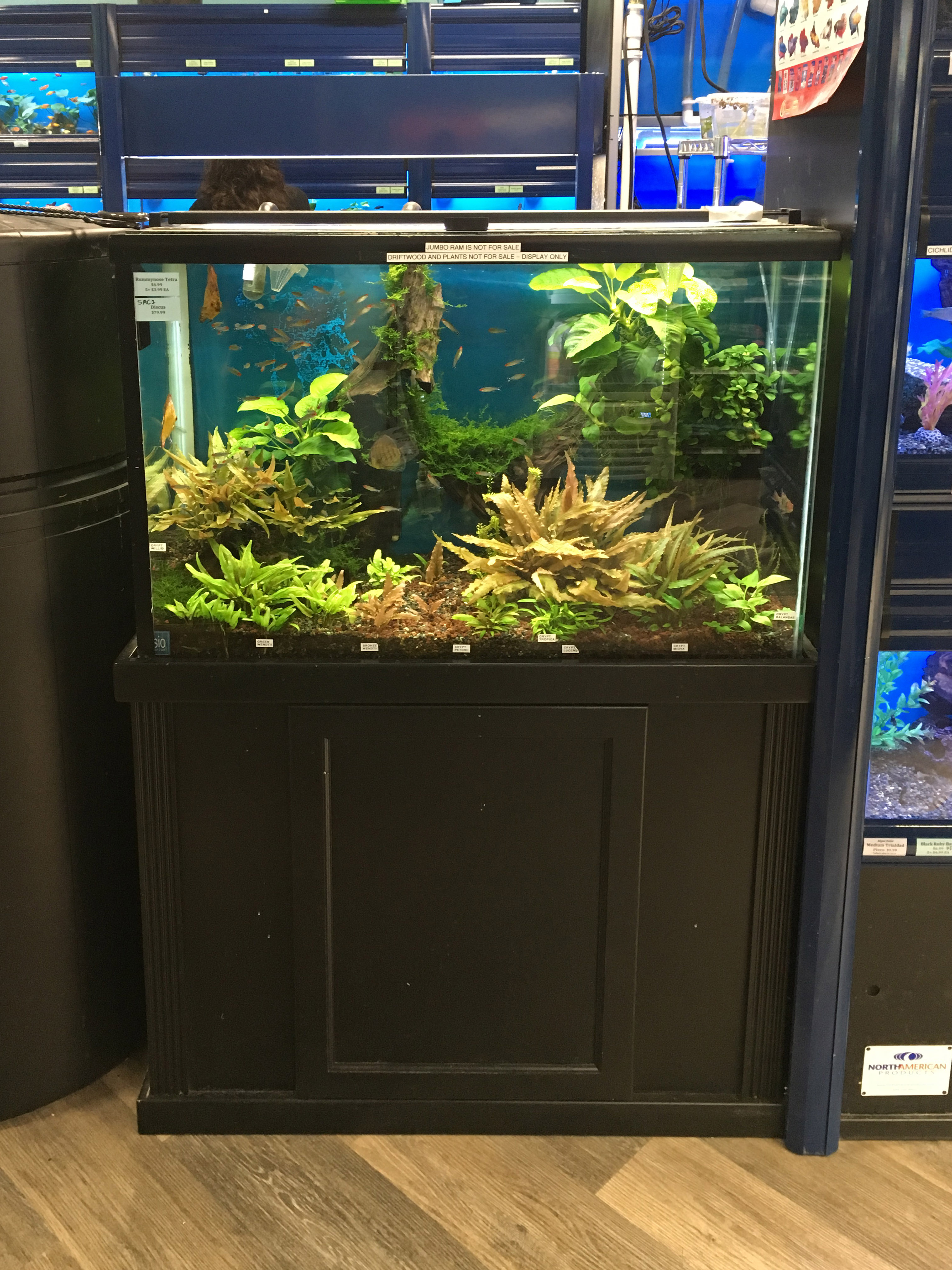
If your primary interest in keeping an aquarium is the visual aesthetic, a virtual aquarium may be the alternative for you. Setting up a virtual aquarium can be as easy as streaming a video from YouTube or purchasing a DVD. Both these options can be played on a computer or television to entertain patients, shoppers or someone at home. Many public aquariums have live webcams setup for streaming. A benefit to the virtual aquarium is that you can change it as often as you like with the push of a button. For example you can stream California kelp forests one week, move to Hawaii coral reefs the next and then follow-up with Indonesian or Philippine reefs.
Another option is to work with a company like UnTanked to create a customized virtual aquarium. Virtual reality options also exist, immersing viewers who have the required equipment (such as virtual reality goggles) into a natural setting such as a coral reef.
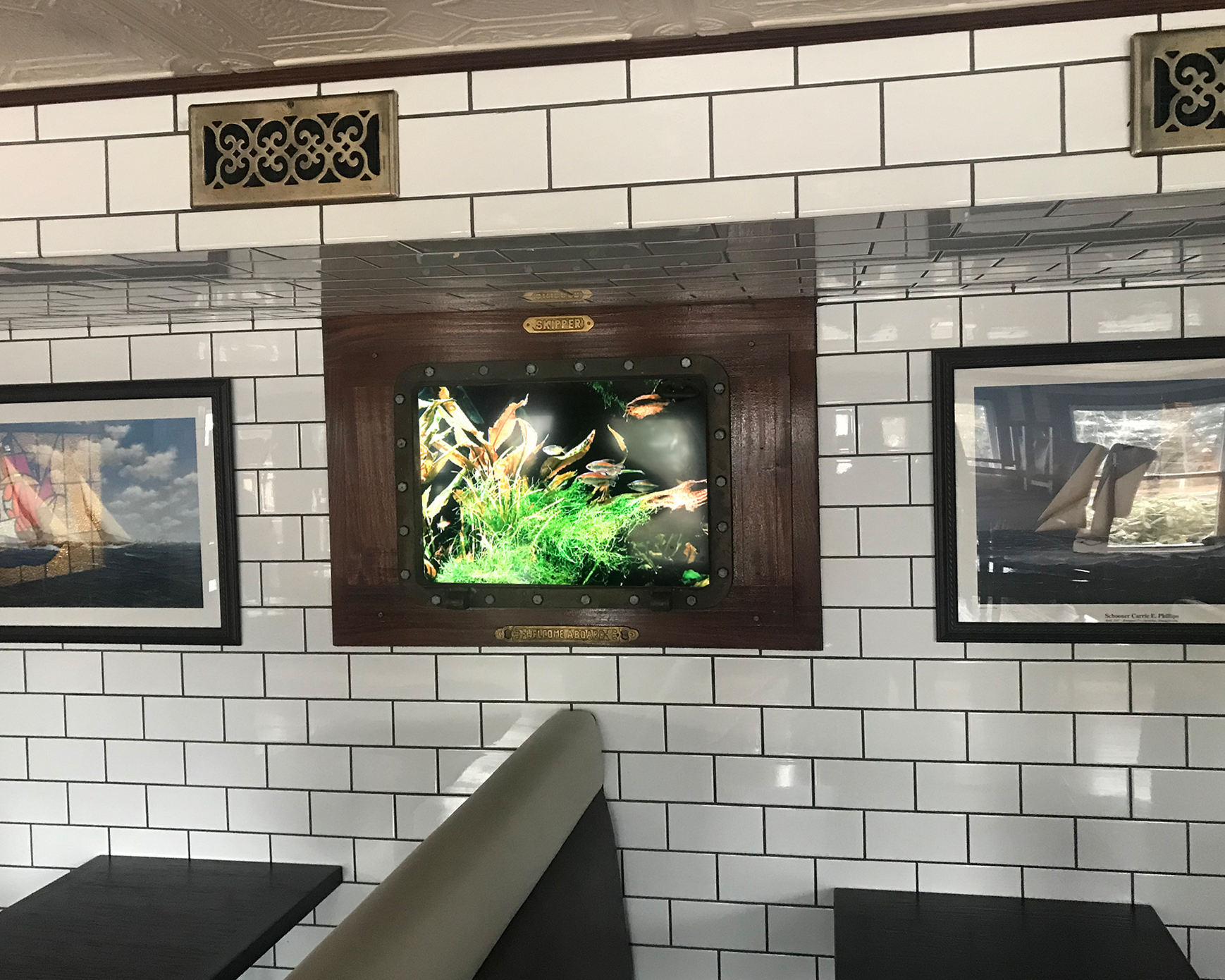
Aquarium Therapy
Why do doctors and dentists have aquariums in their offices? Studies have shown that observing aquarium animals distracts and calms anxious patients waiting for their appointments. Many medical offices have fish tanks in the waiting rooms, but subsequent studies have shown that large nature murals or watching a natural scene virtually provides the same anti-anxiety benefits as traditional aquariums. For example, cutting edge doctors are even providing VR headsets that show virtual aquariums to kids while they get shots. For medical professionals who do not wish to be part time aquarists, virtual aquariums are a great alternative!
A virtual pet is a good alternative to help determine whether the responsibility of caring for a pet is enjoyable and/or feasible. This option is especially good for kids, allowing them a window into the responsibility of caring for aquarium pets. With a virtual pet, if you tire of the responsibility of maintaining it you can simply stop, whereas with a real aquarium you will have to sell it or find it a new home. The investment in a virtual pet is very low - most are free or cost a few dollars. Virtual pets are available as computer games, phone apps or video games.
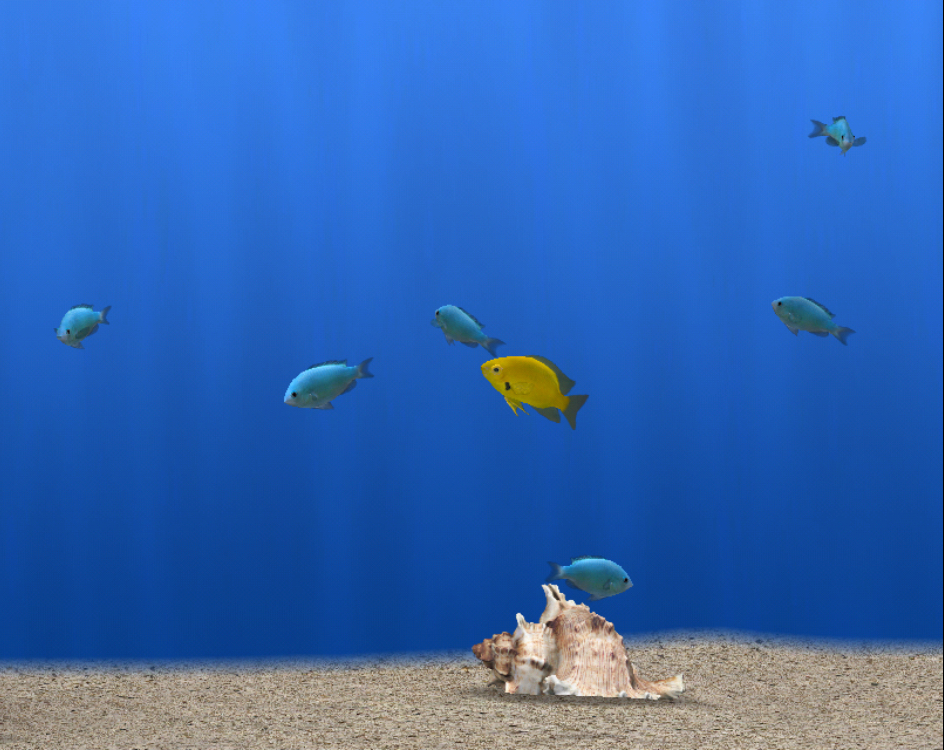
Public Aquariums
Most public aquariums offer volunteer opportunities in aquarium keeping. Volunteering can give you a better sense of the amount of work that goes into keeping marine life and help you decide if you’re ready for this commitment in your own home. This also is a great way to educate yourself about aquatic animals and their ecology. By observing which animals get along in the displays at your public aquarium, you will be able to better set up your own happy tank at home.
Other Local Aquariums
If you don’t live close to a public aquarium, there may be other places where you can help and learn to maintain an aquarium such as at your public library, dentist office or a school classroom. Small nature centers and natural history museums often have a few tanks of local animals that they may need help to maintain. Assisting with a community fish tank can help you decide if you really want the responsibility of caring for your own, while also giving back to your community.
Find A Public Aquarium Near You!
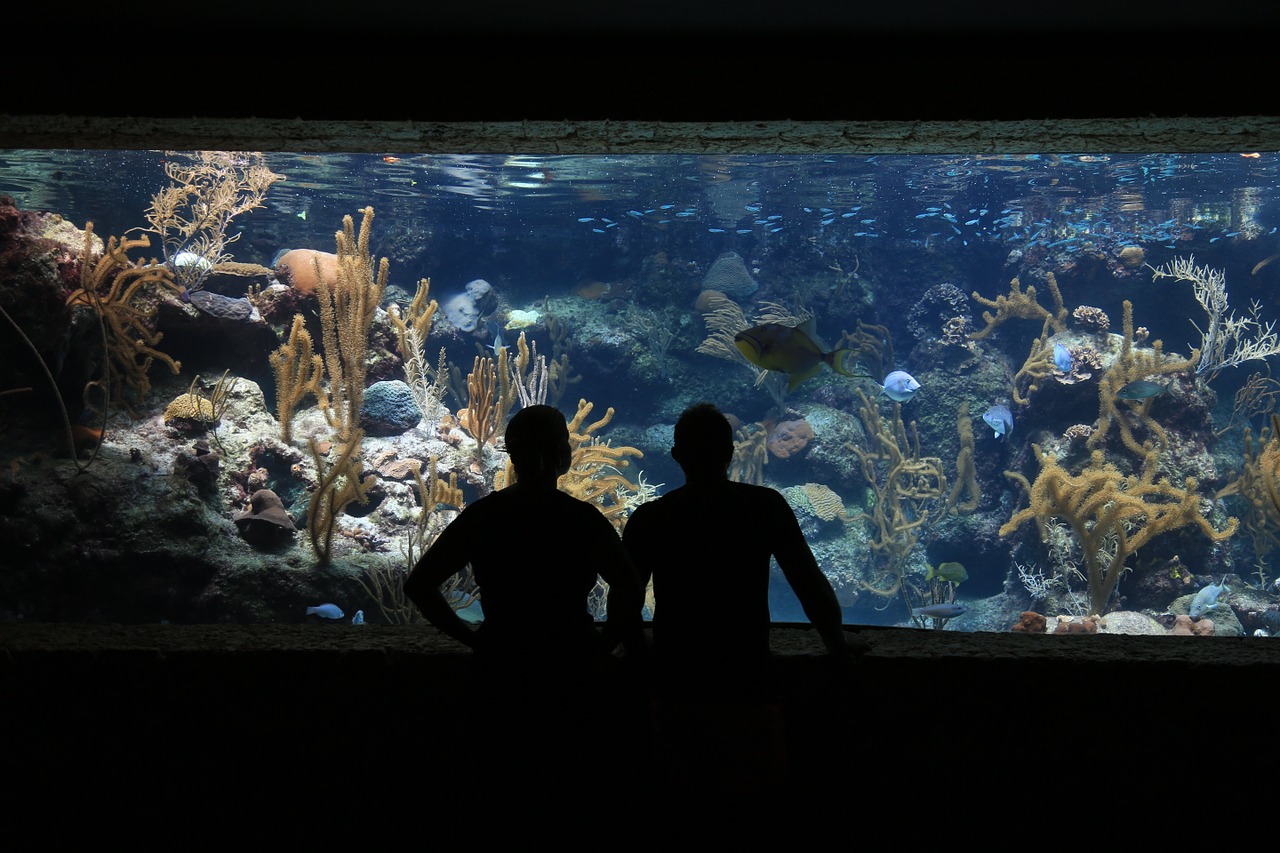
At Public Aquariums
There are more than 50 accredited public aquariums in the U.S. that have the space and resources to create large exhibits getting you as close to nature as possible. Their displays showcase the diversity of natural ecosystems in a way that is hard to achieve at home. They can often house animals that are typically not suitable for home aquariums due to their size or specialized needs, making aquariums the only places to see these animals outside of nature itself. Entrance fees at many aquariums also support research and conservation programs that can benefit natural reefs.
In Nature
Visiting reefs in person allows you to experience marine life in a way that cannot be replicated in an aquarium. Amazing tropical reefs that support much of the aquarium trade industry can be seen as close as Hawaii, Florida and Mexico or as far as countries in the Coral Triangle and Australia. Reef-related tourism is a source of revenue for over 100 countries and territories, leading many communities to prioritize the protection and conservation of their reefs to sustain both tourism and the communities that rely on them. While tourism is not without impact to coral reefs, when visiting you can interact carefully and do your part to maintain the health of the reefs.
